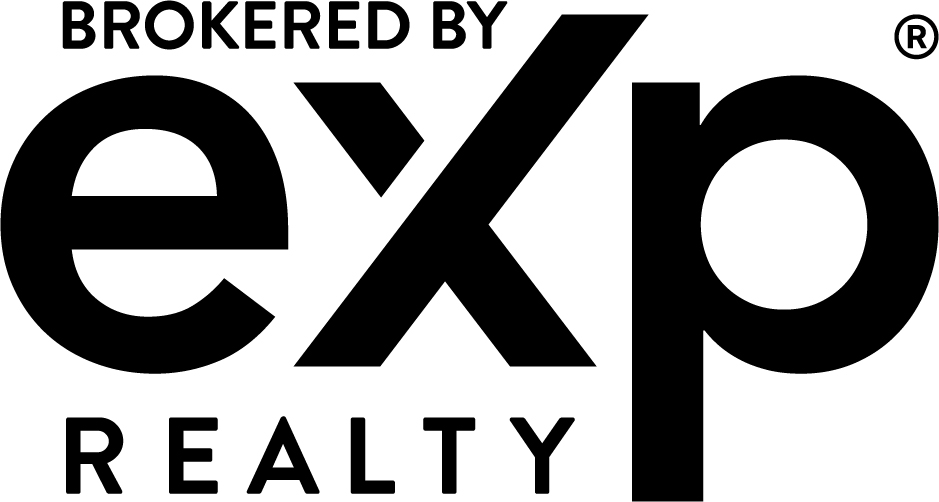Navigating the complexities of buying or selling a home can be challenging, and the recent National Association of Realtors (NAR) settlement adds another layer to the process. This settlement puts in place more transparency to real estate transactions and compensation. Understanding these changes is essential for making informed decisions, whether you’re buying or selling a home.
In this blog, I explore the NAR settlement and how it will impact buyers and sellers in the future.
What Is the NAR Settlement?
The NAR settlement stems from legal challenges aimed at increasing transparency around real estate commissions. Traditionally, the seller has paid both the seller’s agent and buyer’s agent compensation, often leaving buyers unaware of the specifics of these payments.
The settlement aims to clarify the commission structure, ensuring that both buyers and sellers have a clearer understanding of what they’re paying and why. This shift allows for more informed decisions, giving both parties greater control over their financial obligations during the transaction.
What This Means for Sellers
The NAR settlement introduces more flexibility and transparency in commission handling for home sellers. In the past, sellers paid the buyer’s agent’s commission. That was often a non-negotiable part of the transaction. However, this is no longer the default expectation.

Sellers now have more negotiating power when it comes to compensation. This could lead to cost savings or changes in how commissions are structured. Sellers need to review their options and determine the best approach for their situation, whether they choose to offer a competitive commission to attract more buyer’s agents or negotiate terms that align with their specific needs.
With this new level of control, sellers can make more strategic decisions about their overall costs while maintaining transparency about how the compensation is split.
How Buyers Are Affected
For buyers, the NAR settlement provides a clearer understanding of how commissions work. One of the most significant changes is that buyers will now be more aware of the commission paid to their agent, which the seller previously handled without much visibility.

This increased transparency benefits buyers by giving them more insight into the costs of purchasing a home. Additionally, buyers may now have the option to negotiate the compensation they pay to their agent, creating an opportunity for potential cost savings.
The settlement also encourages more competition among real estate agents, which could lead to better service and a more personalized approach. With buyers now more informed about the financial side of the transaction, agents may focus on providing added value and enhancing the overall experience.
Navigating The NAR Settlement Changes
While the NAR settlement significantly changes how real estate commissions are structured, it ultimately empowers buyers and sellers to make more informed decisions. For sellers, understanding the new flexibility in commission structures can lead to better financial outcomes. For buyers, increased transparency and the potential to negotiate commission rates can provide more control over the home-buying process.
Whether you’re buying or selling a home, it’s crucial to stay informed about these changes. Familiarizing yourself with the new rules around commissions can help you avoid surprises and ensure that you make decisions that work best for your financial situation.
Final Thoughts on the NAR Settlement
The NAR settlement marks a positive shift toward greater transparency in real estate transactions. Both buyers and sellers now have more control and insight into the commission structures that were previously less clear.
For sellers, this means the potential for more strategic decisions around costs. For buyers, it means greater clarity on where their money is going and more power to negotiate commissions.
Being aware of these changes is crucial for making informed choices during a real estate transaction. The NAR settlement is designed to create a more balanced and transparent process, ultimately benefiting both buyers and sellers as they move through the home-buying or selling journey.






